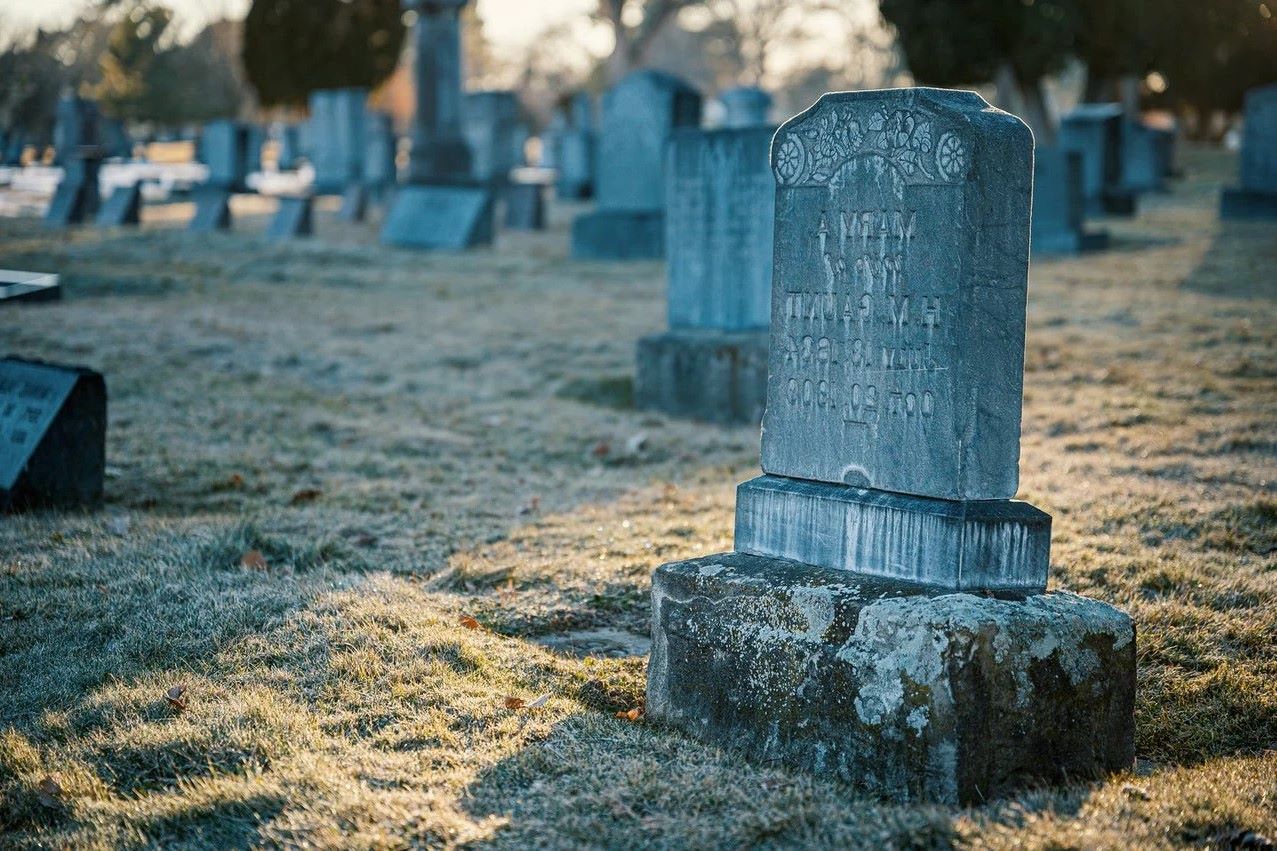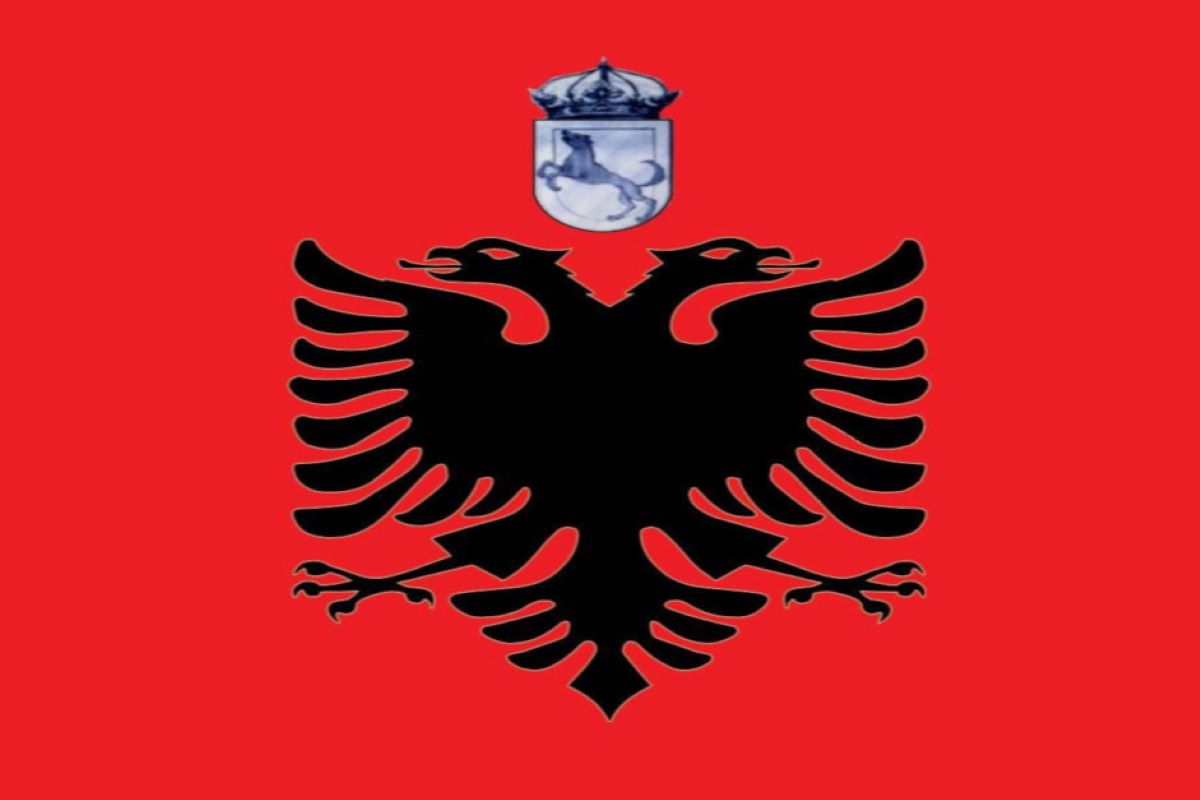
Adolf Hitler, the notorious leader of Nazi Germany, left behind a legacy of horror and devastation. Yet, one question continues to intrigue many: Did Hitler have any children? This article dives into the complex and often disputed topic of Hitler's potential offspring. From his family background to the controversial claims about Jean-Marie Loret, we explore the lives of those who might have been his descendants. We'll also touch on the broader impact of Nazi ideology on children during World War II, including the tragic stories of those affected by the Lebensborn Program and the Holocaust. Join us as we unravel the mysteries surrounding Hitler's children and their historical context.
Key Takeaways:
- Hitler's family was complex, with tragic stories of his siblings and nephews. The alleged son, Jean-Marie Loret, remains a mystery, sparking ongoing debates about his paternity.
- The Nazi regime's treatment of children, including the Lebensborn Program and the Holocaust, highlights the importance of protecting human rights and promoting understanding.
Hitler's Family Background
Understanding Hitler's family helps set the stage for exploring the claims about his children. His family dynamics were complex and often troubled.
-
Adolf Hitler was born on April 20, 1889, in Braunau am Inn, Austria. His parents were Alois Hitler and Klara Pölzl. He had several siblings, but only his sister Paula survived into adulthood.
-
Hitler had several half-nieces and nephews through his sister Angela. One notable half-niece was Geli Raubal, who tragically committed suicide in 1931. This event fueled rumors about a possible inappropriate relationship between Hitler and Geli.
-
Alois Jr., Hitler's half-brother, had two marriages. His first marriage was to Bridget Dowling, and his second was to Hedwig Heidemann. Alois Jr. faced prosecution for bigamy in 1924 but was acquitted thanks to Bridget's intervention.
Hitler's Nephews
Hitler's nephews had varied and often tragic lives, reflecting the turbulent times they lived in.
-
Heinrich "Heinz" Hitler was born on March 14, 1920. He was the son of Alois Jr. and Hedwig Heidemann. Heinz died in 1942 during World War II.
-
William Patrick Hitler was born in Liverpool, England, in 1911. He moved to Germany in the early 1930s but later returned to England. William Patrick died in 1987.
The Alleged Son: Jean-Marie Loret
One of the most enduring claims about Hitler's children involves Jean-Marie Loret, who some believe was Hitler's son.
-
Jean-Marie Loret was born in March 1918. His mother, Charlotte Lobjoie, claimed she had an affair with Hitler in 1917. Jean-Marie died in 1985.
-
Charlotte Lobjoie claimed she had an affair with Hitler when she was 16. She said Hitler would take her for walks and rant about his political beliefs. She put Jean-Marie up for adoption in the 1930s and revealed his paternity on her deathbed.
-
Many historians question the paternity of Jean-Marie Loret. Experts like Anton Joachimsthaler and Sir Ian Kershaw argue there's no concrete evidence to prove Hitler was his father. DNA testing could resolve this, but it hasn't been done.
Hitler's Relationship with Eva Braun
Hitler's relationship with Eva Braun was well-documented, but they had no children together.
-
Hitler married Eva Braun in his Berlin bunker in 1945. Despite their long relationship, they had no children. Hitler's aversion to marriage and children is well-documented.
-
Hitler often spoke fondly of children. He believed in the importance of youth for Germany's future but didn't want children of his own, thinking they would distract him from his political ambitions.
The Lebensborn Program
The Nazi Lebensborn Program aimed to produce Aryan children for the Third Reich, often through coercion or manipulation.
-
The Lebensborn Program was designed to produce Aryan children. German soldiers impregnated women, and many children were taken from their mothers to be raised by German families.
-
The Nazis kidnapped children deemed racially valuable from occupied countries. These children were inspected for physical characteristics and ranked by racial purity. Those deemed less Aryan were often sent to concentration camps.
Stories from the Lebensborn Program
The Lebensborn Program left many children with traumatic experiences and lifelong scars.
-
Harriet von Nickel was born in Norway in 1942. She suffered years of abuse after her mother agreed to have a child with a German officer. Harriet faced further trauma in foster care, including being chained up with dogs.
-
Bjorn Lengfelder, a Norwegian Lebensborn child, spoke about the hatred they faced. He recounted instances of children being placed in pig sties and scrubbed with acid to remove the "Nazi smell."
The Nazi Ideology on Children
Nazi ideology targeted children based on their racial, biological, or political identities, leading to unimaginable suffering.
-
The Nazis targeted children for their alleged membership in dangerous groups. Children were especially vulnerable during the Holocaust, with many targeted for extermination due to perceived racial or biological inferiority.
-
Children had the lowest survival rates in concentration camps. Those over fifty, pregnant women, and young children were often sent directly to gas chambers upon arrival.
Jewish Children During the Holocaust
Jewish children faced extreme persecution and death during the Holocaust.
-
As many as 1.5 million Jewish children were murdered or died during the Holocaust. They were targeted for their racial identity, with many killed immediately upon arrival at killing centers.
-
Romani (Gypsy) children were also targeted by the Nazis. Thousands were killed in Auschwitz, and many more were subjected to forced labor and exploitation.
German Children with Disabilities
The Nazis also targeted German children with disabilities, deeming them "unproductive."
-
Approximately 5,000–7,000 German children with disabilities were killed. These children were part of the Euthanasia Program, considered "useless eaters" by the Nazi regime.
-
Children in ghettos faced extreme conditions. Many died from starvation, disease, and lack of adequate clothing and shelter. German authorities were indifferent to their high death rates.
Stories of Sacrifice and Survival
Amidst the horror, stories of sacrifice and survival emerged, highlighting the resilience of those who lived through these times.
-
Janusz Korczak, director of an orphanage in the Warsaw ghetto, refused to abandon his children. He accompanied them to the Treblinka killing center and into the gas chambers, sharing their fate.
-
Non-Jewish children from targeted groups were not spared. Romani children and German children with disabilities faced similar fates.
-
Jewish and non-Jewish adolescents had a greater chance of survival if used for forced labor. However, many were subjected to medical experiments, resulting in death or severe harm.
-
Thousands of Jewish children survived by being hidden by families and communities. These children faced constant fear and danger but managed to stay alive through disguises and physical concealment.
Nazi Youth Groups
Nazi youth groups played a significant role in indoctrinating children with Nazi ideology.
-
Nazi youth groups like the Hitler Youth indoctrinated children. By 1936, over 5.4 million youths were members, preparing future leaders for the Third Reich.
-
Youths who didn't join Nazi youth groups could be sent to "re-education" camps. Parents who failed to enroll their children faced fines and imprisonment.
-
Mathematics was taught in terms of military applications. This approach aimed to prepare young boys for their future roles in the Third Reich.
-
The Hitler Youth fed history to boys as a story of the great German destiny. This ideology emphasized loyalty and sacrifice for the Third Reich.
Survival Rates in Concentration Camps
Survival rates in concentration camps were grim, especially for the most vulnerable.
-
People over fifty, pregnant women, and young children had the lowest survival rates. These groups were often sent directly to gas chambers upon arrival.
-
The majority of young Jewish children were sent directly to gas chambers. SS and police forces shot thousands of children at the edge of mass graves.
Judenrat Decisions
Jewish councils faced agonizing decisions about who would be deported to killing centers.
-
Judenrat chairmen made agonizing decisions under German pressure. For example, the Judenrat in Lodz decided to deport children to the Chelmno killing center in September 1942.
-
Janusz Korczak's refusal to abandon his charges became an iconic symbol of resistance. His sacrifice continues to inspire those who fight against injustice and oppression.
Romani Children’s Fate
Romani children suffered similar fates as Jewish children during World War II.
-
Thousands of Romani children were killed in Auschwitz. Many more were subjected to forced labor and other forms of exploitation.
-
German children with disabilities were killed as part of the Euthanasia Program. These children were deemed "unproductive" by Nazi authorities.
Children’s Reprisals
Children were often targeted during reprisal operations conducted by Nazi forces.
-
During the destruction of Lidice, Czechoslovakia, many civilians, including children, were killed. This was a reprisal operation by Nazi forces.
-
Children were killed during mass shootings conducted by Einsatzgruppen forces. These events resulted in significant loss of life among civilian populations.
Ghettos Conditions
Children living in ghettos faced extreme conditions and high death rates.
- Children in ghettos faced starvation, disease, and lack of adequate clothing and shelter. German authorities considered them "useless eaters."
Forced Labor Usage
Adolescents had a slightly better chance of survival if used for forced labor.
- Adolescents aged 13-18 had a greater chance of survival if used for forced labor. However, many were subjected to medical experiments, resulting in severe harm or death.
Survival Strategies
Despite the horrors, some children managed to survive through various means.
- Thousands of Jewish children survived by hiding with families and communities. They faced constant fear and danger but managed to stay alive through disguises and physical concealment.
Legacy Impact
The impact of Hitler's actions continues to shape the world today, reminding us of the importance of protecting human rights and promoting understanding.
- The legacy of Hitler's actions continues to shape the world today. Understanding these facts is crucial to ensuring such tragedies never occur again.
The Legacy of Hitler's Children
Hitler's legacy isn't just about his own actions but also the impact on those around him, including his family. Claims about Hitler fathering children, like Jean-Marie Loret, remain unproven. His relationship with Eva Braun produced no offspring, and his aversion to having children is well-documented. The Nazi regime's horrific treatment of children, from the Lebensborn Program to the atrocities in concentration camps, highlights the broader impact of his ideology. Millions of children, Jewish, Romani, and disabled, suffered unimaginable horrors. Understanding these facts is crucial to ensuring such tragedies never happen again. The stories of those affected by Hitler's policies serve as a stark reminder of the importance of protecting human rights and promoting tolerance. The legacy of Hitler's children, both real and alleged, continues to shape our understanding of this dark chapter in history.
Frequently Asked Questions
Was this page helpful?
Our commitment to delivering trustworthy and engaging content is at the heart of what we do. Each fact on our site is contributed by real users like you, bringing a wealth of diverse insights and information. To ensure the highest standards of accuracy and reliability, our dedicated editors meticulously review each submission. This process guarantees that the facts we share are not only fascinating but also credible. Trust in our commitment to quality and authenticity as you explore and learn with us.


